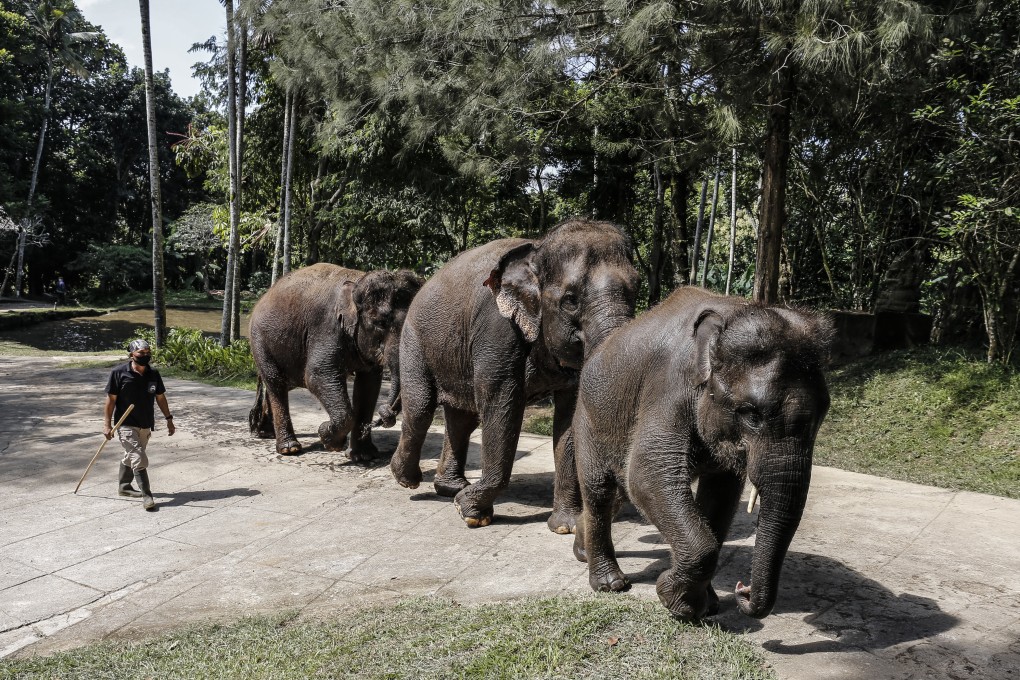Destinations known | Elephant tourism vicious circle: why Bali’s Sumatran elephants, suffering a horrific ‘lockdown’, need visitors to survive
- Living in captivity because their natural habitats have been destroyed, Bali’s Sumatran elephants now depend on tourism, even if it provides no quality of life
- Reports last week highlighted one elephant camp that left more than a dozen of the animals to starve, before they were eventually relocated

Among the countless things that Covid-19 has shone a spotlight on is the complex, often harmful, relationship that humans have with nature.
Back when lockdowns were a novelty, we marvelled at viral videos showing animals reclaiming streets and waterways, ignoring the fact that the pathogen behind the pandemic was probably a direct result of our exploitation of the natural environment, not to mention our unnatural intimacy with wild creatures.
Few fauna manifest this paradox quite like Bali’s captive Sumatran elephants. As the name suggests, this critically endangered species is not indigenous to the Indonesian resort island – instead hailing from Borneo and Sumatra – but many have been moved to Bali as part of a government-run conservation programme “that entrusts privately-owned zoos and safari parks in Indonesia with the care of critically endangered Sumatran elephants”, according to an October 7 Al Jazeera article about the plight of 14 pachyderms at one such park.
The Bali Elephant Camp (BEC) “left more than a dozen elephants to starve, and staff without pay after plummeting ticket sales forced it to close when Covid-19 spread around the world and borders were closed,” the report said.
A subspecies of the Asian elephant, the Sumatran’s conservation status was upgraded by the International Union for Conservation of Nature in 2011 from endangered to critically endangered because the population had declined by at least 80 per cent in three elephant generations, or 75 years.
There are estimated to be between 2,400 and 2,800 Sumatran elephants left in the world, about 200 of which remain in the wild.

